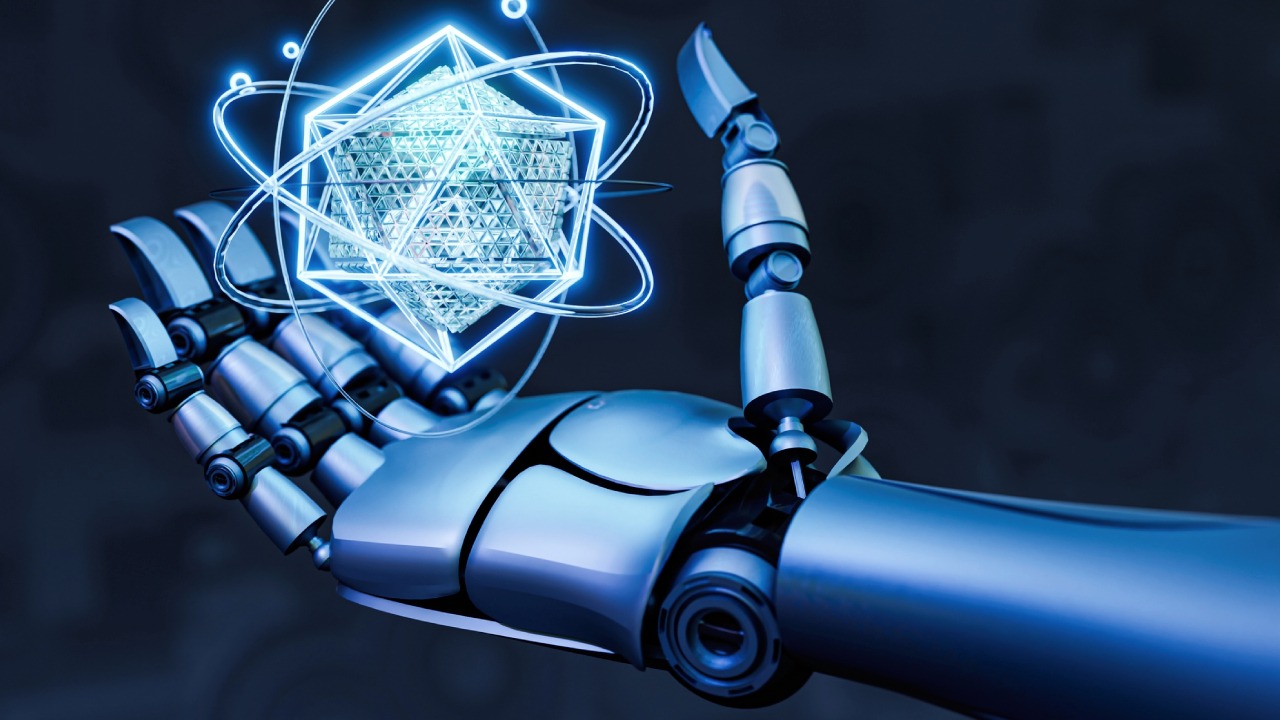Ubiquitous AI in India: Translating Deloitte’s Tech Trends 2025 into Action
Artificial Intelligence (AI) is no longer a luxury—it’s becoming a utility. According to Deloitte’s Tech Trends 2025, AI is on its way to becoming “ubiquitous”—so seamlessly embedded in daily life and operations that it fades into the background, much like electricity or the internet.
In India, this trend is already taking shape across industries. From government-backed language models to AI-infused fintech platforms and creative automation in marketing, AI is quietly but powerfully reshaping how businesses operate.
This blog decodes Deloitte’s vision of “ubiquitous AI” and translates it into actionable insights for Indian businesses—especially those in the B2B, creative, and tech consulting space.
Understanding “Ubiquitous AI” – What Does It Really Mean?
The term “ubiquitous AI” refers to a future where artificial intelligence:
- Is present in nearly all digital products and services
- Requires minimal user interaction
- Supports personalization, automation, and decision-making in real-time
In practical terms, it means AI won’t be a separate tool. Instead, it will be baked into everything—from backend systems to customer interfaces.
Imagine a CRM that auto-summarizes meeting notes, predicts lead conversions, and personalizes follow-ups—without a single manual trigger. That’s ubiquitous AI.
India’s Unique AI Moment
India is poised to be one of the biggest beneficiaries of this shift. Why?
- Massive digitization across sectors like healthcare, finance, and logistics
- Strong developer ecosystem with millions of IT professionals
- Government initiatives like Digital India and IndiaAI mission
- Multilingual AI models tailored to the country’s linguistic diversity
In 2024, India released Bhashini—a national AI-powered translation platform—to bridge the language divide in digital services. This is just the beginning.
Translating the Trend: How Businesses Can Act Now
Here’s how Indian businesses can operationalize Deloitte’s “ubiquitous AI” forecast:
1. Bake AI into the Customer Experience
Don’t bolt AI on—embed it within the product journey.
- For B2B SaaS: Add intelligent prompts, recommendation engines, and smart dashboards to user workflows.
- For creative agencies: Use AI to personalize ad creatives, landing pages, and content based on real-time user behavior.
- For service providers: Deploy AI in chatbots, appointment scheduling, and post-sales support.
🛠 Tools to explore: Azure Cognitive Services, Zoho AI, Writer.com, Yellow.ai
2. Automate the Middle Layer (Not Just Frontend)
While many companies start with AI in customer-facing roles, true ROI lies in mid-layer automation:
- Predictive inventory management
- Financial risk scoring
- Contract analytics
- Automated reporting & compliance
AI-infused middleware creates speed, accuracy, and scale—without disrupting customer touchpoints.
3. Leverage India’s AI-Specific Infrastructure
India is not just adopting AI—it’s building for it. Take advantage of:
- India Stack & Aadhaar-linked services
- Open Network for Digital Commerce (ONDC)
- Domain-specific models trained for Indian contexts (e.g., BharatGPT, Vaani)
This localized infrastructure can help startups and enterprises move faster without reinventing the wheel.
4. Prioritize Explainable AI (XAI)
As AI becomes invisible, trust and transparency become essential. Regulators, clients, and users will ask:
- Why did the algorithm recommend this decision?
- Can we audit the logic?
- Is there bias in the data?
Build AI with explainability in mind. Use open-source tools like LIME, SHAP, or Google’s What-If Tool to visualize AI decisions.
5. Upskill Human Teams to Work Alongside AI
The most AI-mature organizations aren’t replacing people—they’re augmenting them. This means:
- Training sales teams to use AI assistants
- Teaching marketers how to prompt generative AI tools
- Helping data teams manage ethical AI governance
A “human + machine” workforce is not only more efficient but also more adaptable.
Real-World Example: AI in Indian B2B Marketing
At Creativetec, we’ve seen firsthand how integrating AI in campaign planning, customer segmentation, and creative workflows reduces lead time and increases engagement.
For instance, a recent client in the B2B software space saw a 25% lift in MQLs within 60 days of deploying AI-based personalization across their email and website funnel.
Final Takeaway: Make AI Invisible, but Indispensable
Deloitte’s 2025 outlook is clear: AI won’t just power digital tools—it will be the tool. The organizations that thrive will treat AI not as a separate initiative but as a default mode of operation.
For Indian businesses, this is a once-in-a-generation opportunity to leapfrog legacy systems and become globally competitive.
Your Next Step?
Ask yourself:
- Where can AI reduce friction in your business today?
- What small process, if automated, would free up human creativity?
- Are you building an AI roadmap—or just watching from the sidelines?
Let’s help you take the first step toward AI ubiquity—one smart action at a time.

